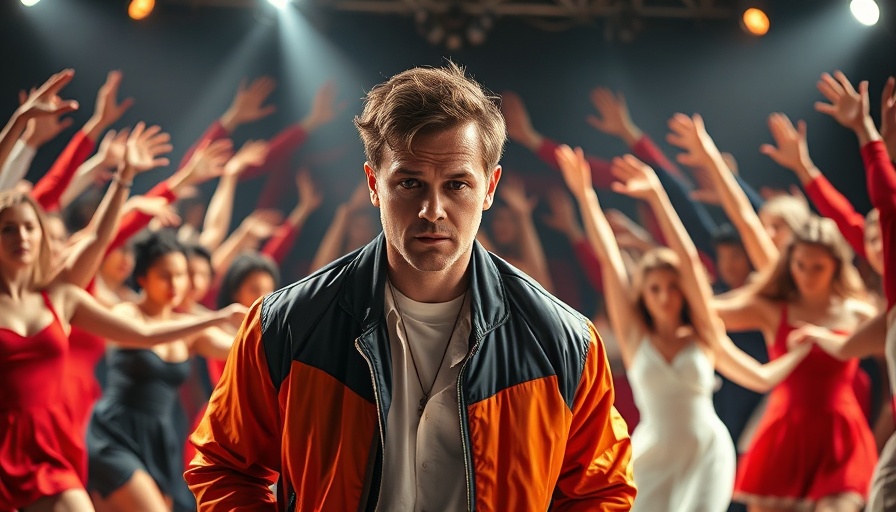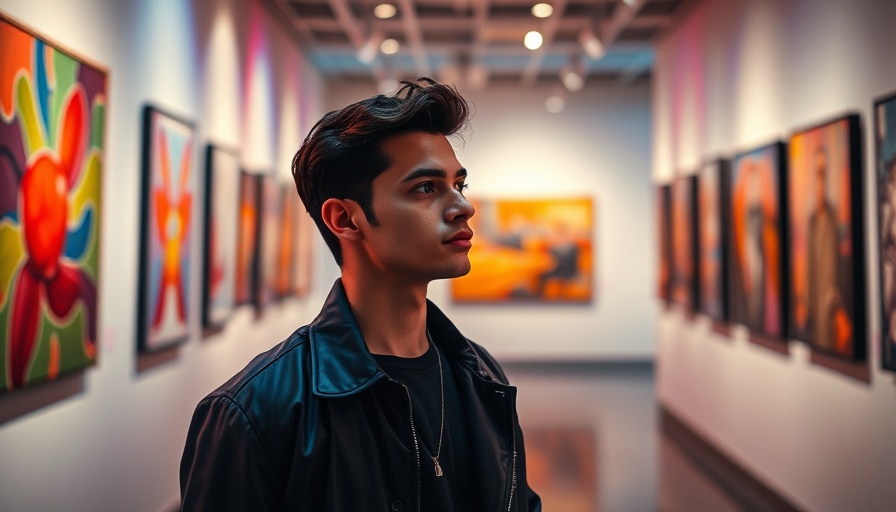
The Significance of Kendrick Lamar's Super Bowl Halftime Show
Kendrick Lamar's Super Bowl LIX halftime show was an extraordinary moment in music history, transcending mere entertainment to deliver a powerful social commentary. Airing on February 9, 2025, to an audience of approximately 100 million in the U.S., Lamar’s performance resonated deeply with themes of racial inequality, cultural identity, and the prevailing narratives in America. By choosing to feature less of his classic hits, Lamar dedicated the stage to broader cultural conversations, firmly placing himself as a voice of his generation.
A Cinematic Experience Packed with Symbolism
Lamar's artistry reflects a significant shift in the landscape of hip-hop. While earlier iterations of the genre often emphasized party themes and playful competition, Lamar's work embodies a more nuanced perspective on societal issues. His halftime performance was richly layered, incorporating elements that sparked dialogue across various social media platforms after the show. For instance, the inclusion of actor Samuel L. Jackson, portraying a contemporary Uncle Sam, bridged the gap between a satirical critique of American society and the historical mistreatment of Black communities.
Exploring Themes of Capitalism and Racial Disparity
The set design drew inspiration from the popular series 'Squid Game', portraying stark visuals that reflected societal oppression and economic disparities. The imagery cleverly alluded to the fact that while the Super Bowl is marketed as a grand celebration, it also epitomizes corporate greed and exploitation. Lamar's choice of aesthetics served as a stark reminder that Black culture often bears the brunt of commodification in the entertainment industry.
Powerful Representation: Black Women and Cultural Identity
Highlighting Black excellence, one of the most striking moments was the surprise appearance of tennis champion Serena Williams. This addition to the performance symbolized solidarity and respect for Black women, amid ongoing feminist dialogues within the Black community. Williams stood not just as a spectator but as an active participant, embodying strength and defiance in the face of adversity—qualities that resonate with Lamar's own narrative as an artist.
Incorporating Social Messages into Performance
Kendrick leveraged his platform to provoke discussions about mass incarceration, using a poignant prison yard scene to underline the realities faced by many African Americans. The imagery sent waves of recognition throughout the audience, forcing viewers to grapple with uncomfortable truths about systemic oppression. This moment echoed themes explored in his earlier works, reinforcing the importance of continuity in storytelling through music.
Cultural Divide: Bridging Gaps Through Art
The symbolism didn't stop there. Lamar's backup dancers dressed in red, white, and blue echoed the American flag while simultaneously illustrating the complexities of American identity and the underlying divisions within it. The choreography spoke volumes, capturing the tension between celebration and critique, embodying the notion that freedom has not been equally distributed amongst all citizens. This artistic choice sparked a notable dialogue about how America’s foundational values could better align with its present actions.
Messages of Resilience: “They Not Like Us”
One of the most memorable lines from Kendrick’s performance was “They Not Like Us,” which resonated against the backdrop of ongoing disputes in his personal life and career. By modifying lyrics from his track 'Not Like Us,' he cleverly addressed ongoing tensions, all while maintaining artistic integrity. It served as a dual message directed at his detractors and a reminder of the obstacles Black artists face in a predominantly white industry.
A Call to Action: Reflect and Engage
Lamar's performance sparked discussions that extend beyond the football field. It was a powerful reminder of the role artists play in shaping cultural discourse and promoting social justice. As we reflect on his bold statements, it becomes crucial for audiences to engage actively with the issues presented. Kendrick Lamar didn’t just put on a show; he opened a conversation that begs for further exploration and understanding.
Conclusion: The Legacy of an Empowering Performance
Kendrick Lamar's Super Bowl halftime show will be remembered not only for its artistry but for its boldness in addressing complex societal issues. He challenged viewers to confront uncomfortable truths about race, capitalism, and the entertainment industry itself. As we continue to unpack the layers of his performance, it becomes clear that moments like these are not just performances—they are pivotal moments that encourage us to engage and reflect on our societal realities.
 Add Row
Add Row  Add
Add 




 Add Row
Add Row  Add
Add 

Write A Comment